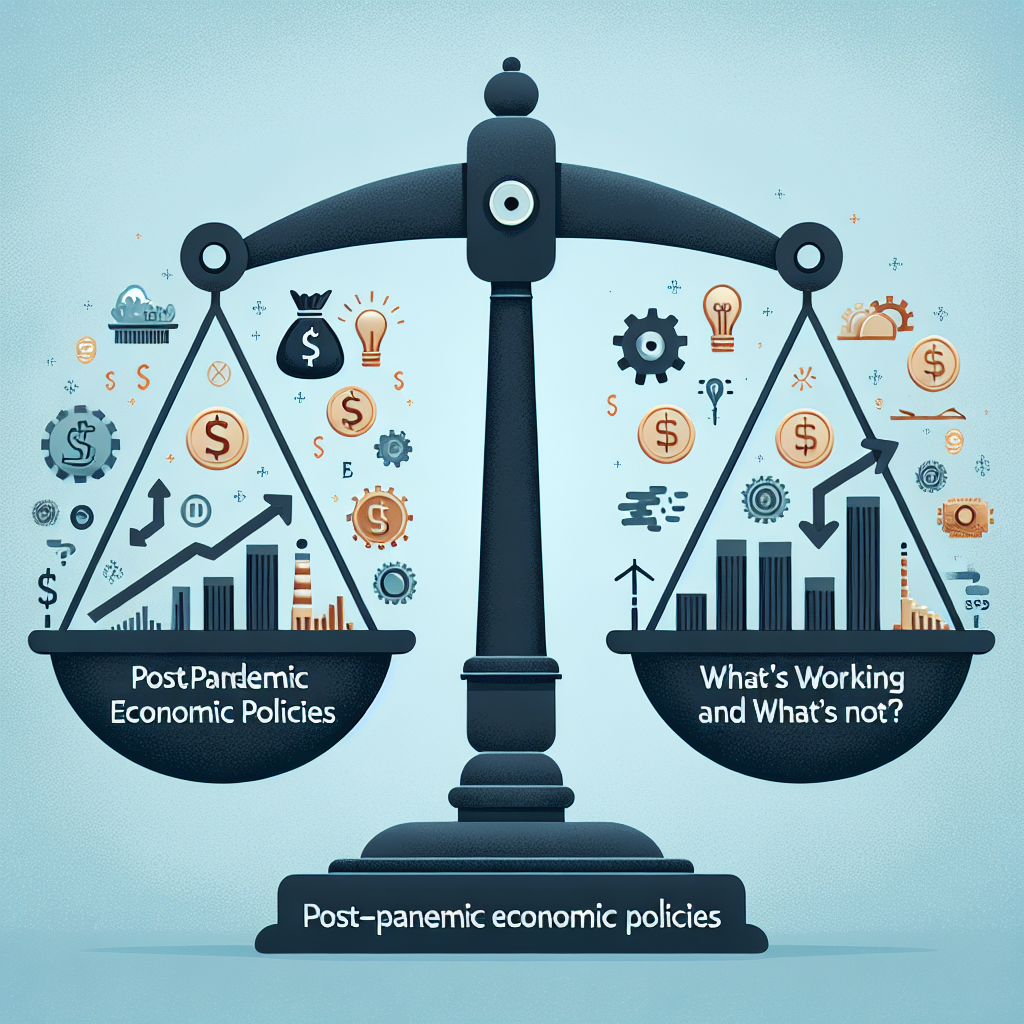
As we navigate the economic landscape post-pandemic, there’s a lot to unpack. Governments worldwide scrambled to stabilize their economies. Some measures took off. Others floundered. Let’s dive into what’s actually working and what’s face-planting.
Contents
Economic Recovery Policies: The Strong Players
The pandemic threw a wrench into global economies. Many countries responded with innovative policies. Some shone brighter than others.
Direct Cash Transfers
Stimulus checks in the U.S. showed positive outcomes. People spent the money on essentials like food and rent. This injected life into the economy and provided a safety net for millions.
Unemployment Benefits
While controversial, enhanced unemployment benefits helped folks survive job losses. These benefits kept consumer spending alive, staving off deeper economic woes.
Small Business Support
Programs like the Paycheck Protection Program (PPP) gave small businesses a lifeline. Many kept their staff employed thanks to these funds. This stopped unemployment from skyrocketing even further.
The Flops: Economic Policies That Missed the Mark
Not all policies hit the target. Some well-intentioned measures fell short.
Slow Vaccine Rollout Impact
Delays in vaccine distribution in several countries stunted economic recovery. Without herd immunity, businesses remained shuttered longer than anticipated.
Ineffective Targeting of Aid
Some nations struggled with distributing aid effectively. The result? Funds didn’t reach those who needed them most, rendering many support measures less effective.
Overreliance on Monetary Policy
Interest rates stayed historically low to spur growth. But it didn’t address the root issues. Inequality persisted. The wealth gap widened as stock markets flourished, leaving average folks behind.
So, What’s Actually Making a Difference?
Let’s lay it out in a table to see what strategies struck gold and which ones fell flat.
| Policy Type | What Worked? | What Bombed? |
|---|---|---|
| Direct Cash Transfers | Boosted consumer spending, immediate relief | Not sustainable long-term |
| Unemployment Benefits | Consumer spending buffer, supported jobless folks | Discouraged some from seeking work |
| Small Business Support | Kept employment rates stable, saved businesses from closure | Complex application processes |
| Vaccine Rollouts | Economic activity pickup, gained public confidence | Delays hindered sectors like travel and hospitality |
| Monetary Policies | Encouraged investments and spending | Ignored wealth inequality, inflated asset prices |
In-Depth Questions and Answers
What lessons have we learned from the success of direct cash transfers?
The pandemic taught us plenty about direct cash transfers. First off, they work in crises. Folks need immediate help, and cash transfers deliver. Economic activity saw a boost because people had money to spend.
But, are they a one-size-fits-all solution? Not really. They’re a short-term fix. Constant cash infusions can bulldoze economies with inflation. So, what’s the takeaway? Direct cash transfers are a crucial go-to during crises but require careful balancing.
Why did small business support work in some areas but not others?
Small business support hit the mark in various sectors due to its targeted nature. Programs like PPP ensured businesses kept staff employed, maintaining crucial economic activity. But not all businesses accessed funds equally.
Complex application processes deterred many from applying. Smaller operations without robust administrative support struggled. What’s the lesson here? Simplifying these processes is key for effective support, ensuring aid reaches every business swiftly.
How have delayed vaccine rollouts affected economic recovery?
Vaccine rollouts faced hurdles across many nations. The impact on economic recovery was palpable. Countries with slow rollouts experienced protracted lockdowns and stunted growth.
Travel, hospitality, and entertainment sectors bore the brunt. Consumer confidence dived as uncertainties lingered. What’s needed? Quick, efficient rollouts without bureaucratic hurdles. This builds public trust and revives critical sectors.
What’s The Road Ahead?
Navigating post-pandemic recovery isn’t a walk in the park. So, how do governments steer toward sustainable growth? Balanced economic strategies are key. Direct actions that provide immediate relief should combine with long-term solutions. Focus on health infrastructure is essential, ensuring future pandemics are managed better.
The pandemic showed that the economic interconnectedness of the globe is both a boon and a bane. Disjointed policies can impede recovery. On the other hand, synchronized efforts can bring unparalleled progress.
For more detailed perspectives on economic recovery strategies and what lies ahead, check out this resource.
Conclusion
Post-pandemic economic policies are a mixed bag. Some strategies work wonders, while others need rethinking. As economies rebuild, adapting policies to new realities is crucial. What’s important is learning from what’s working and keeping eyes wide open for what’s not. The journey ahead demands flexibility, innovation, and, above all, readiness to tackle new challenges with resilience.






